Most American Mechanics Don’t Know This: The Brown Ring on Spark Plugs — Replace or Keep Driving?
If your spark plugs have run for 40,000 miles or more, there’s a 99.9% chance you’ll see a brown ring around them.
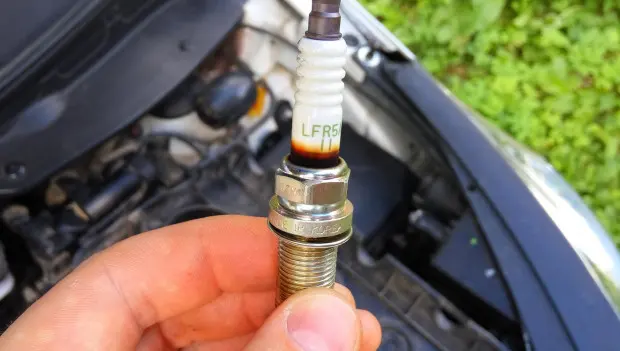
If your spark plugs have covered at least 40,000 miles, you might notice a brownish ring near the top of the insulator. Many drivers assume this means the plug is bad — they think the insulator has failed and replace the plugs immediately. But is that really necessary? Let’s break it down.
First, let’s address the myths you’ll find online. Some people claim that the brown ring is a sign of a cracked insulator. Others say it means the ceramic has separated from the metal shell.
Here’s the truth: yes, the ceramic insulator can separate from the metal body. When that happens, gases from the combustion chamber can leak upward, and compression will drop. But in that case, you’ll see obvious damage — cracks or missing chunks on the ceramic surface.
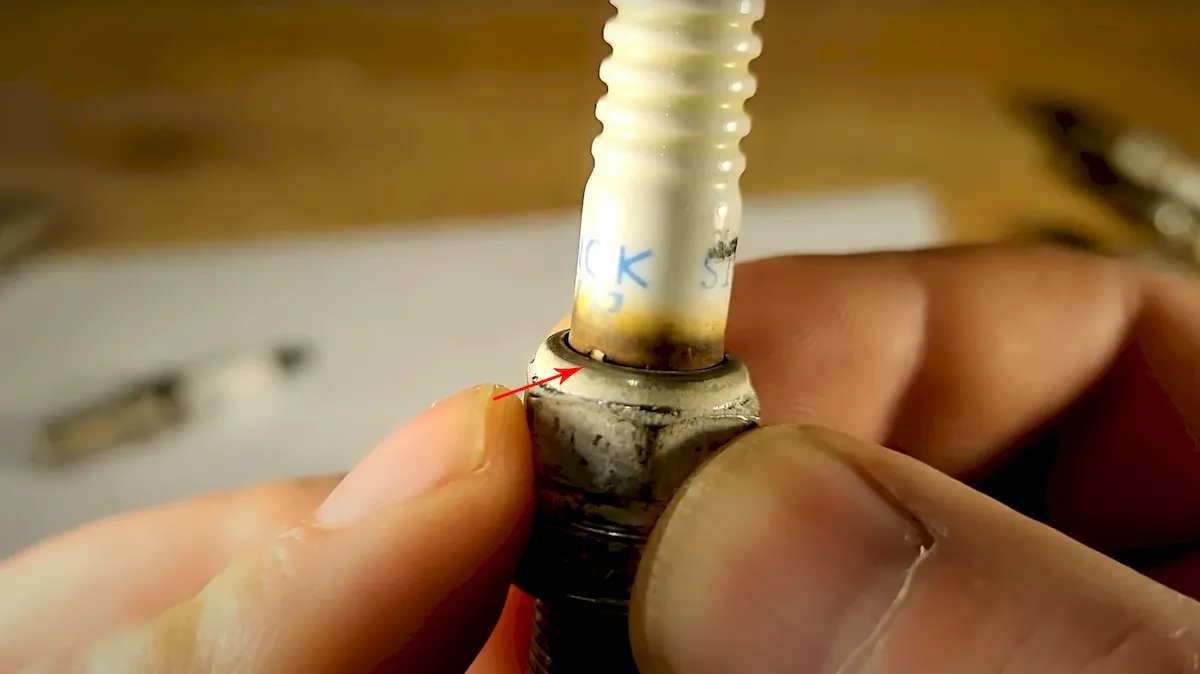
If the ceramic has loosened from the metal shell, you’ll find black soot marks climbing up the insulator, and the ceramic itself will move slightly if you pull on it. That plug definitely needs to be replaced right away.
Now, what about the brown ring?
That’s something completely different — it’s what manufacturers call a corona discharge. It’s a normal physical phenomenon that occurs in many modern engines.
Here’s how it happens:
Corona discharge usually appears on engines with 16 valves, where the spark plugs sit deep inside narrow wells and are covered on top by ignition coils. Since the space around the plug is sealed, the air inside gets ionized by the high voltage passing through the plug. This creates a faint bluish glow — like a tiny electrical halo — around the top of the insulator.
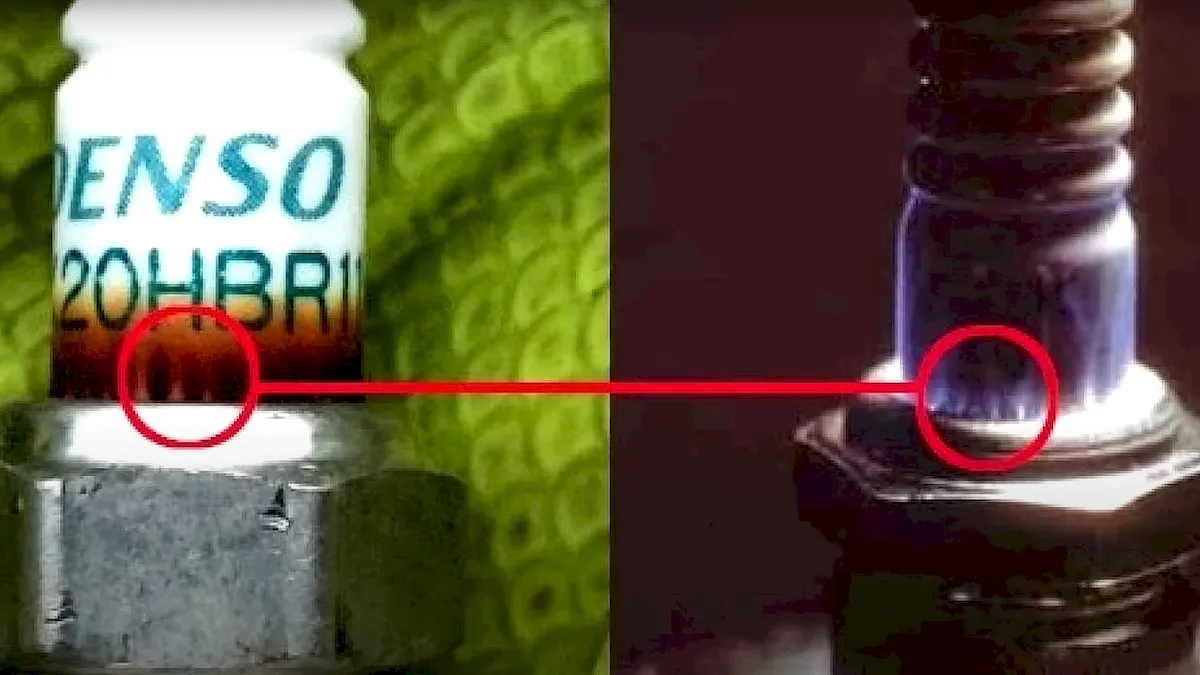
That’s where the name “corona discharge” comes from.
Over time, microscopic particles of oil mist, dust, and dirt stick to the insulator and bake onto it, forming that familiar brown ring. It’s purely cosmetic and has zero effect on engine performance or spark quality.
Why some plugs have it and others don’t
You might notice that on some plugs the brown stain runs almost all the way up the insulator, while others barely show any discoloration. That depends on the ignition coil design and the rubber boot that covers the plug.
If the boot is long and fits tightly, the ring forms lower down. If it’s shorter, or if the rubber has aged and cracked, more dust and oil vapor can get in — and the corona discharge appears higher and stronger.
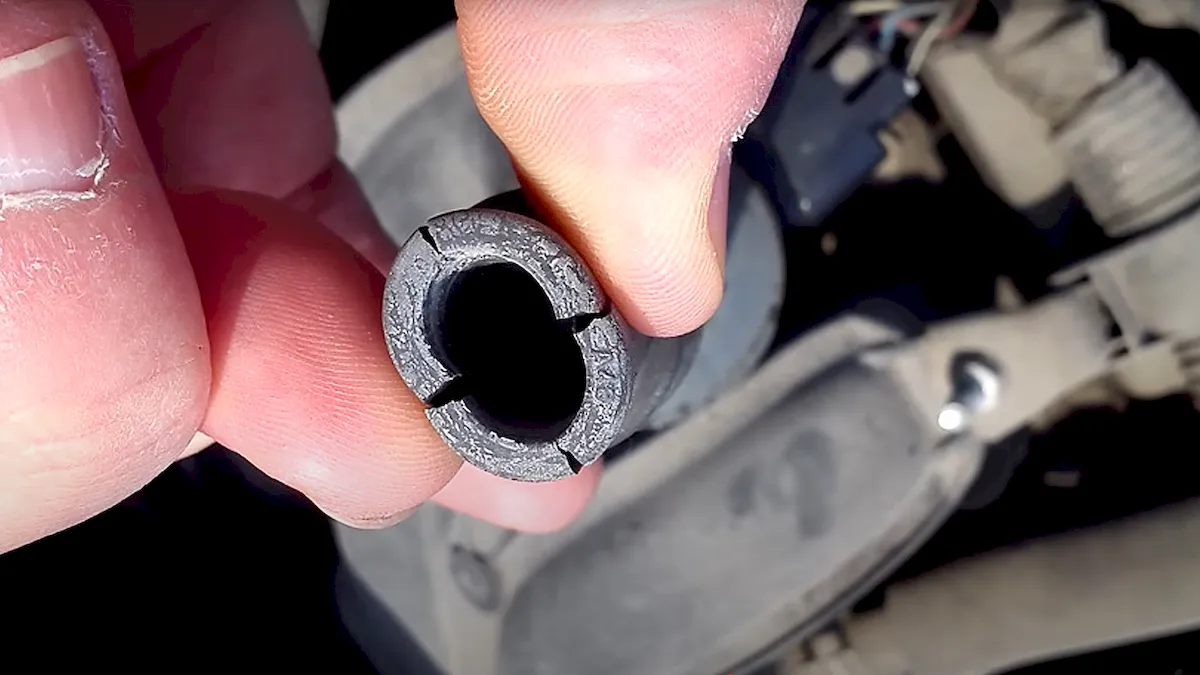
By the way, you shouldn’t push the rubber boot all the way down to the metal part of the plug. The heat can quickly damage the rubber. A small gap is intentional. Also, the sealing washer under the plug flattens over time; if you’ve removed and reinstalled the same plug several times, that washer can let a bit of exhaust gas and oil vapor escape — which adds to the discoloration.
That brown ring doesn’t mean your spark plug is bad. It’s just a side effect of corona discharge — a harmless sign that your ignition system is doing its job. Unless you see cracks, movement in the ceramic, or black carbon tracks, there’s no need to replace the plugs. Keep driving with confidence.
You may also be interested in the news:

Many Americans don’t know about this onboard computer feature: what the Valet Mode system is for and how it works
How to use Valet Mode and when to apply this system, as well as why it was integrated into your car’s computer.
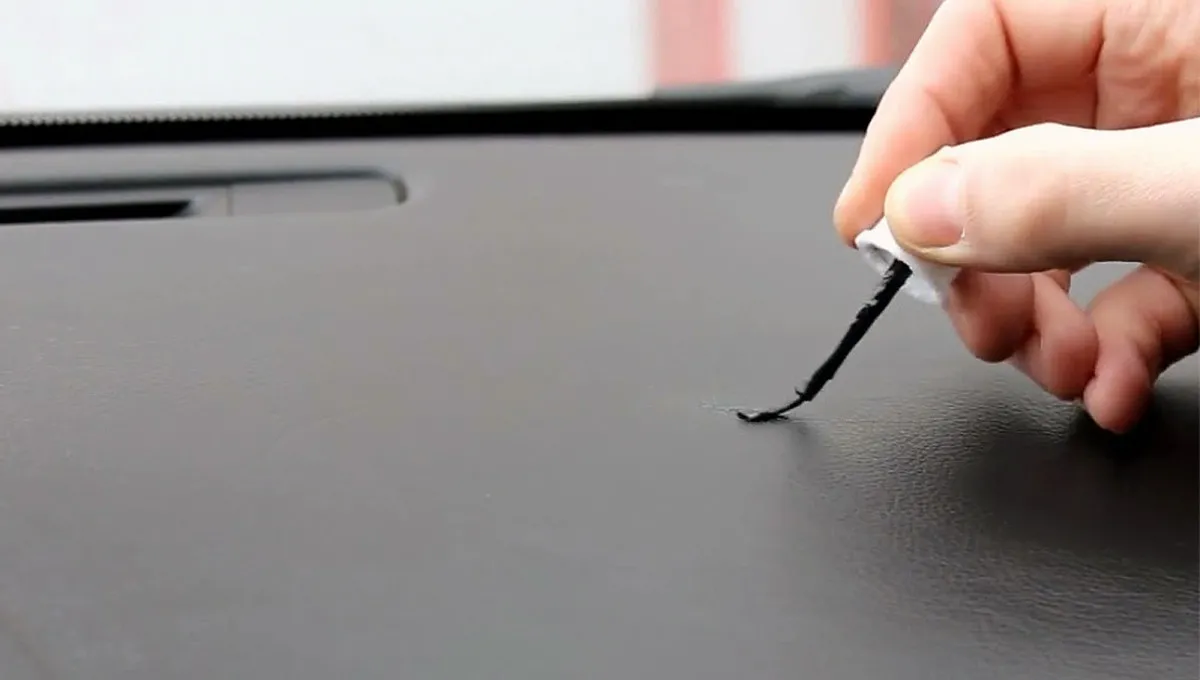
Five Ways to Remove Scratches From Your Car’s Plastic Interior
Every car owner wants their cabin to look as clean and well-kept as possible.
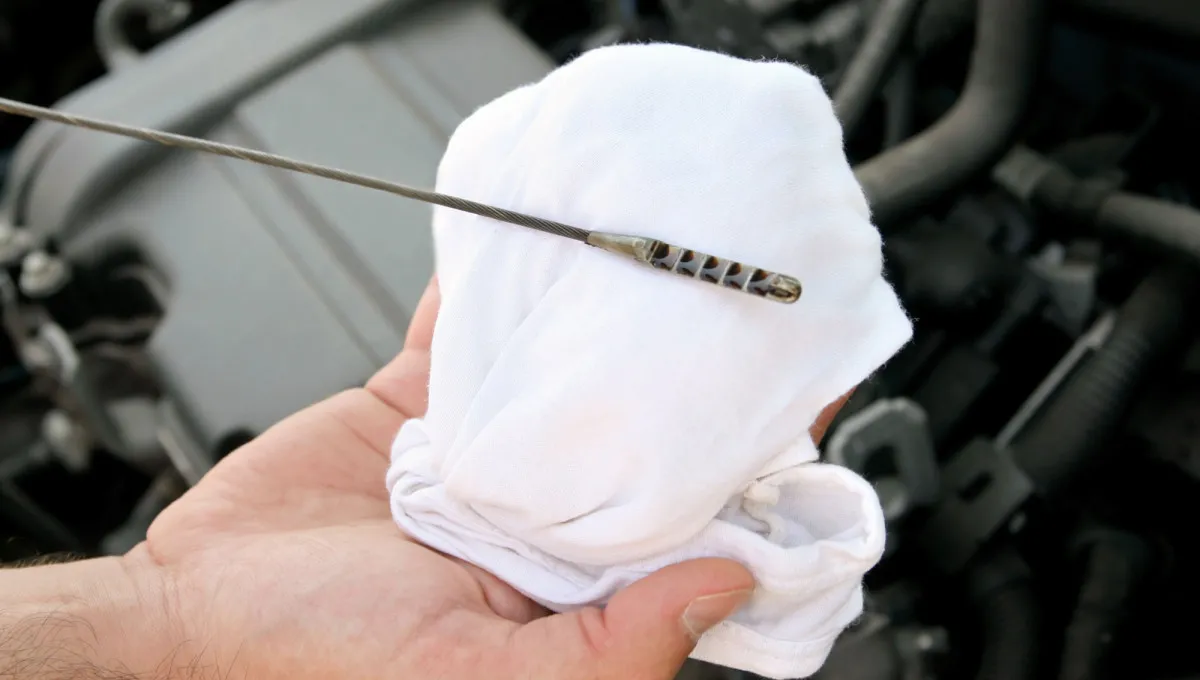
Many Americans don’t know which motor oil is meant for which weather
Once real winter weather arrives, everyday driving suddenly gets tougher. A cold morning start can feel like a gamble.
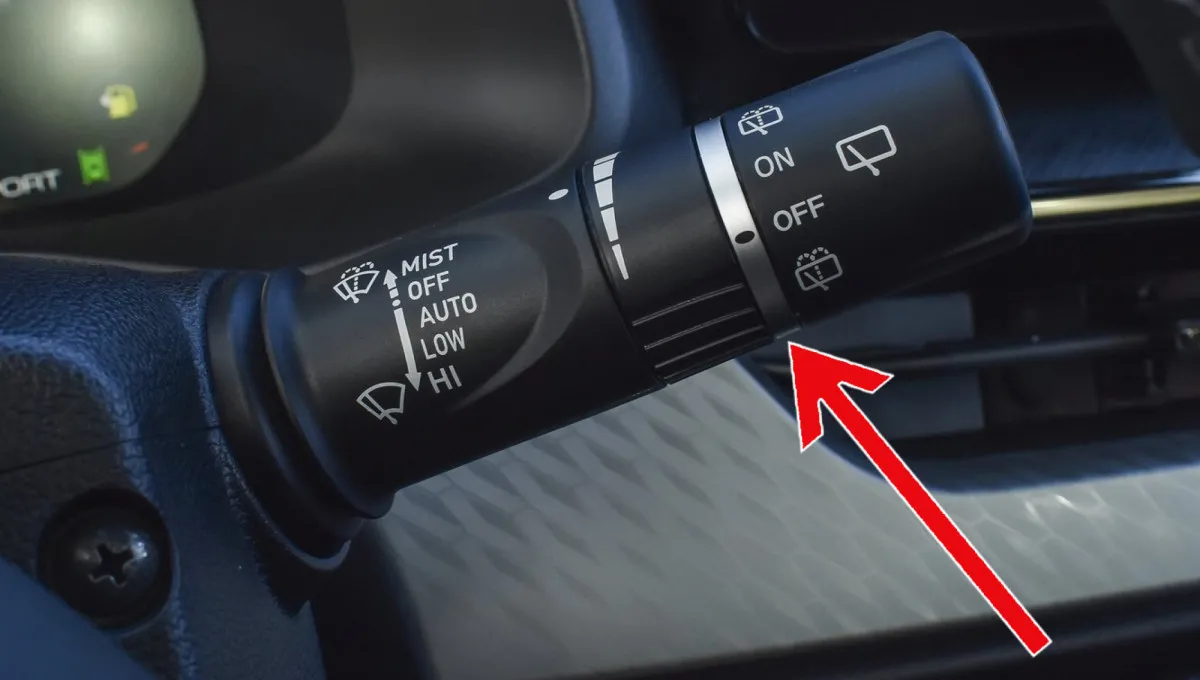
Vital Winter Tip: The One Car Setting You Must Turn Off Before It's Too Late
This common car feature is a silent winter menace. Ignoring one switch can lead to a startling and expensive morning surprise.

Your Car’s “Horoscope”: What Your License Plate Number Says About Your Ride
Many people believe in the power of numbers—and some even splurge on “lucky” plates for their cars.